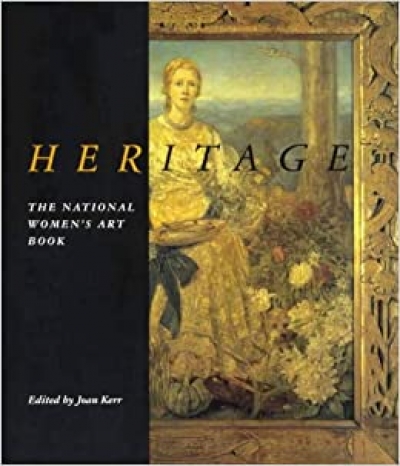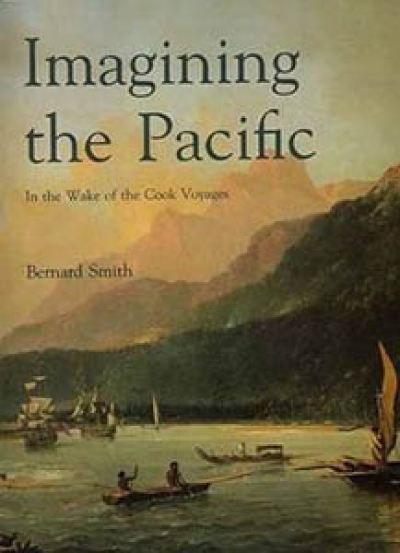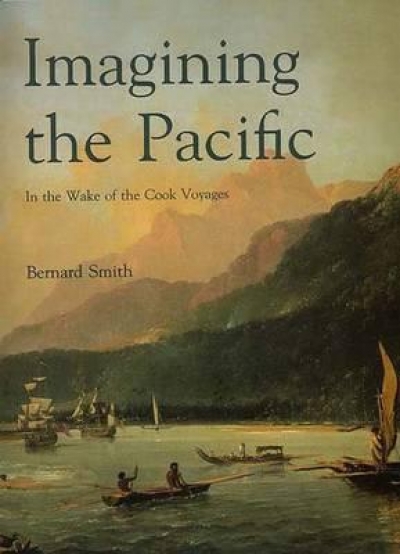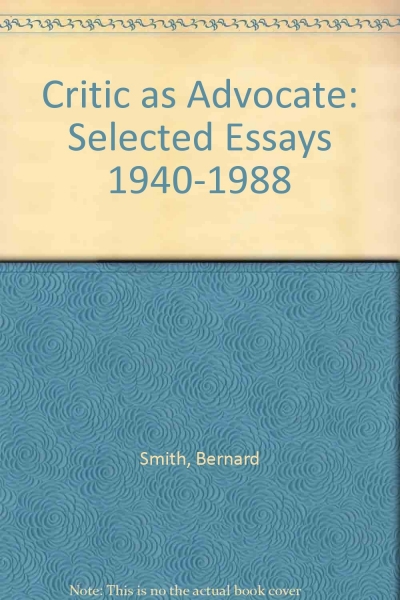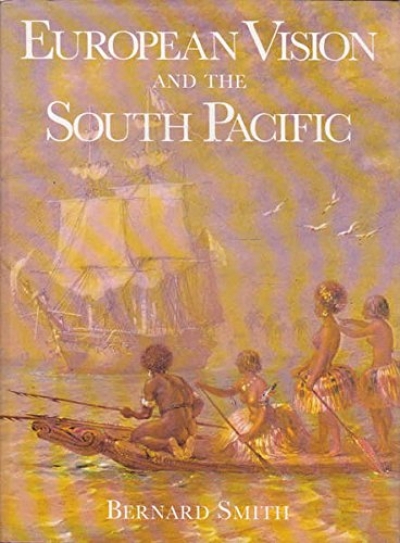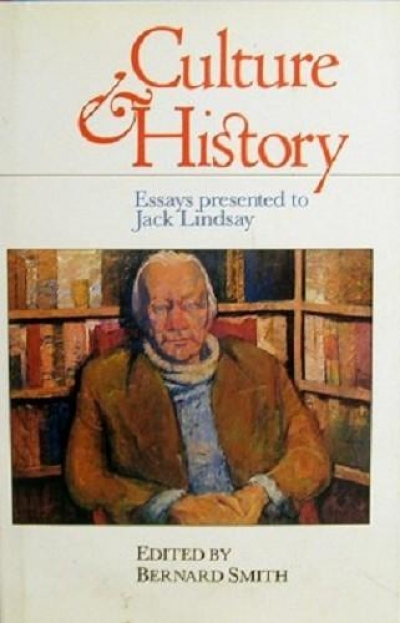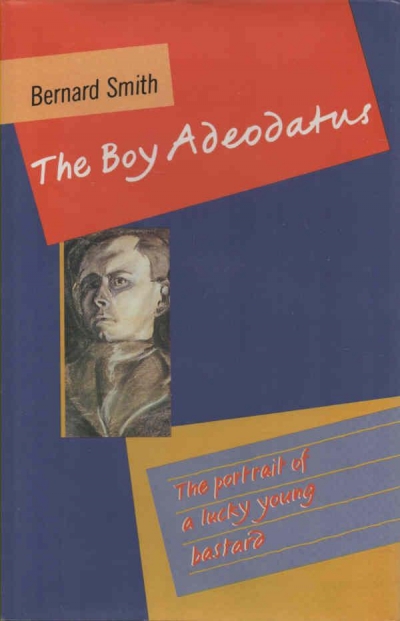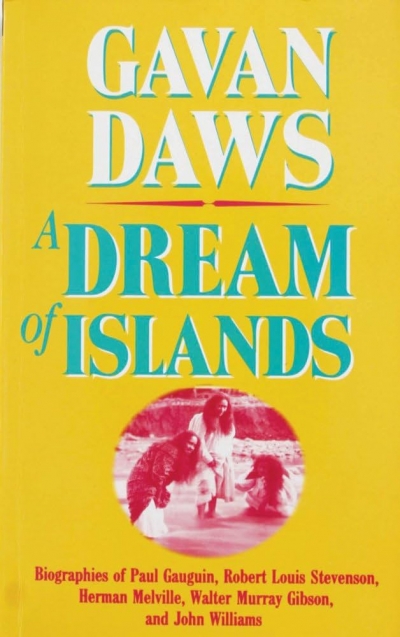Bernard Smith
Imagining the Pacific: In the wake of the Cook voyages by Bernard Smith
by Jonathan Holmes •
Imagining the Pacific in the Wake of the Cook Voyages by Bernard Smith
by Jonathan Holmes •
The Critic as Advocate: Selected essays 1941–1988 by Bernard Smith
by Heather Johnson •
Culture and History Essays Presented to Jack Lindsay edited by Bernard Smith
by J.C. Doyle •
The Boy Adeodatus: The portrait of a lucky young bastard by Bernard Smith
by Warren Osmond •

